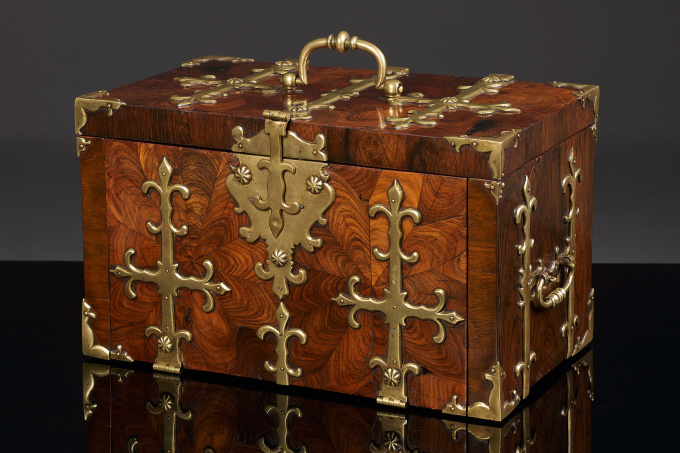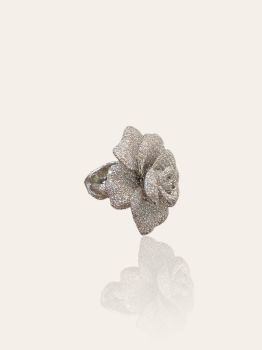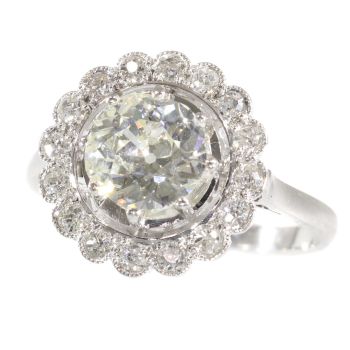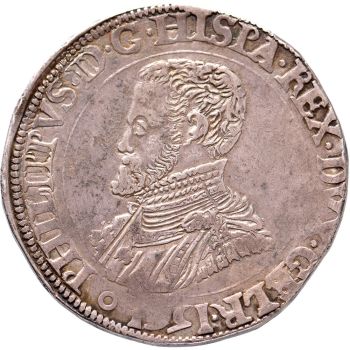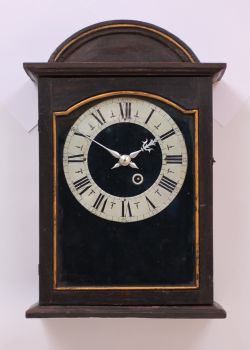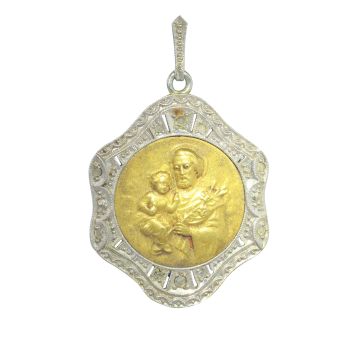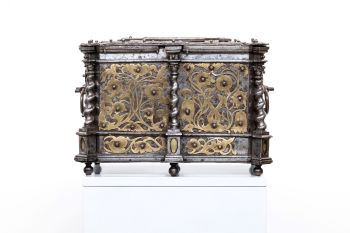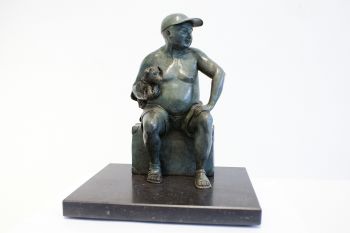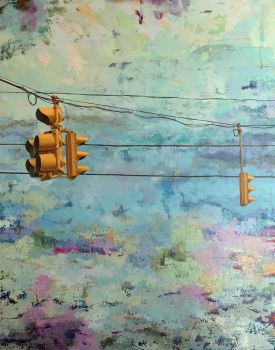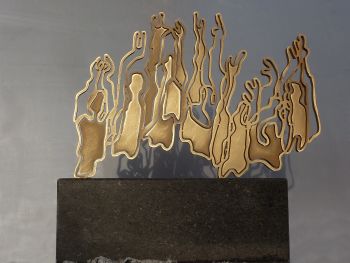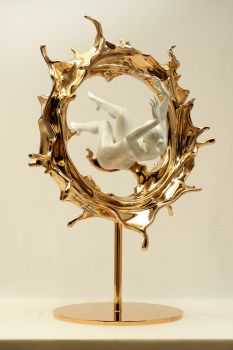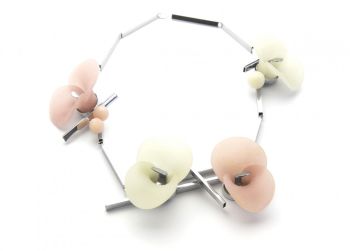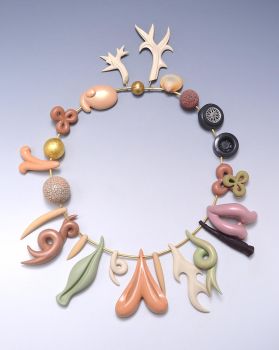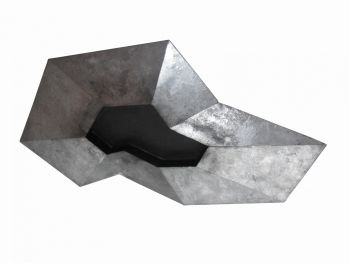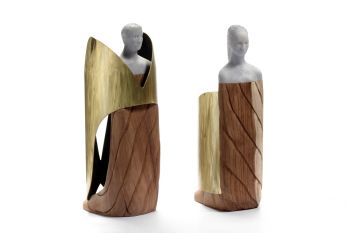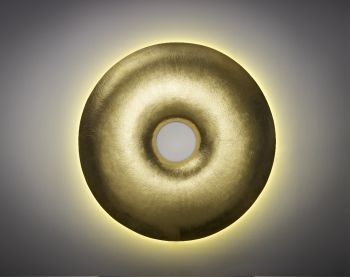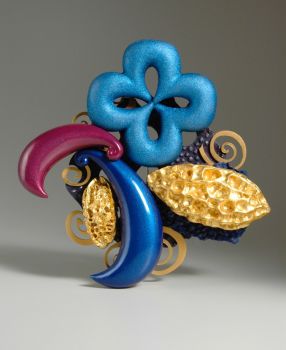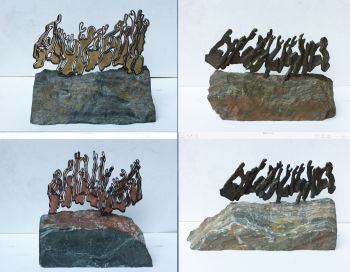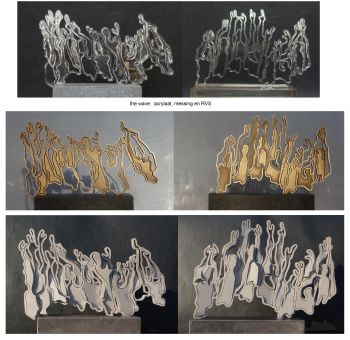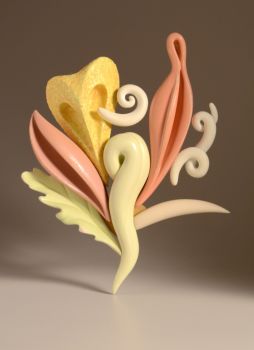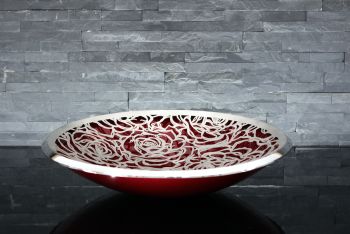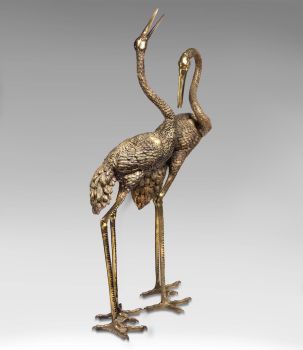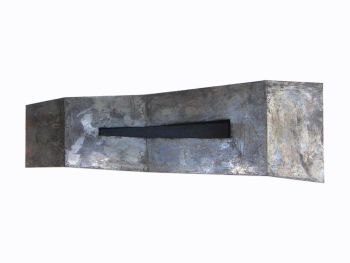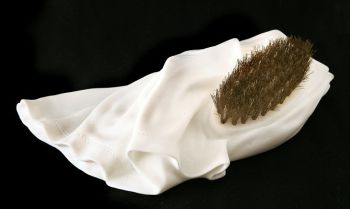Small Strongbox 1690 - 1700
Unknown artist
WoodOliveMetalRosewoodBrass
23 ⨯ 38 ⨯ 23 cm
ConditionExcellent
Currently unavailable via Gallerease
- About the artworkAn oak travelling chest veneered with olive-wood and rosewood. The case is ornamented with brass fittings shaped in leaf motifs. The fittings prevented the case from being damaged during travel. The handlebars on the sides facilitate transportation. The central escutcheon has a concealed latch that needs to be unbolted before the actual keyhole is revealed. When the lid is opened, it gives access to the largest storage compartment. In the lid there is a cover to store letters or documents. In the compartment there are to concealed hiding places.
With a latch the front cover can be opened. This gives access to two drawers. When the drawers are removed, two further secret compartments can be reached. The entire interior is made out of rosewood and rosewood veneer.
Commonly this type of traveling chest, or strongbox, is presumed to be French or Flemish. Nevertheless, they are much more common in England than anywhere else. Recent research presumes that the bulk of these trunks is made in London between approximately 1660 and 1720.
The earliest proof of the manufacturing of this type of chest is found in inventory listings from the legacy of Edward Traherne, a renowned joiner and cabinet-maker, who died in London in 1675. Traherne’s trading stock contained a number of strongboxes and travelling chests with diverse specifications. Remarkably, some of these objects had not yet been completed. - About the artist
It might happen that an artist or maker is unknown.
Some works are not to be determined by whom it is made or it is made by (a group of) craftsmen. Examples are statues from the Ancient Time, furniture, mirroirs, or signatures that are not clear or readible but as well some works are not signed at all.
As well you can find the following description:
•“Attributed to ….” In their opinion probably a work by the artist, at least in part
•“Studio of ….” or “Workshop of” In their opinion a work executed in the studio or workshop of the artist, possibly under his supervision
•“Circle of ….” In their opinion a work of the period of the artist showing his influence, closely associated with the artist but not necessarily his pupil
•“Style of ….” or “Follower of ….” In their opinion a work executed in the artist’s style but not necessarily by a pupil; may be contemporary or nearly contemporary
•“Manner of ….” In their opinion a work in the style of the artist but of a later date
•“After ….” In their opinion a copy (of any date) of a work of the artist
•“Signed…”, “Dated….” or “Inscribed” In their opinion the work has been signed/dated/inscribed by the artist. The addition of a question mark indicates an element of doubt
•"With signature ….”, “With date ….”, “With inscription….” or “Bears signature/date/inscription” in their opinion the signature/ date/ inscription has been added by someone other than the artist
Artwork details
Related artworks
- 1 - 4 / 12
Unknown artist
Japanese transition-style lacquer coffer 1640 - 1650
Price on requestZebregs & Röell - Fine Art - Antiques
Unknown artist
A rare Japanese export lacquer medical instrument box1650 - 1700
Price on requestZebregs & Röell - Fine Art - Antiques
Unknown artist
A rare Japanese export lacquer medical instrument box1650 - 1700
Price on requestZebregs & Röell - Fine Art - Antiques
1 - 4 / 24Unknown artist
Japanese transition-style lacquer coffer 1640 - 1650
Price on requestZebregs & Röell - Fine Art - Antiques
1 - 4 / 4- 1 - 4 / 24

